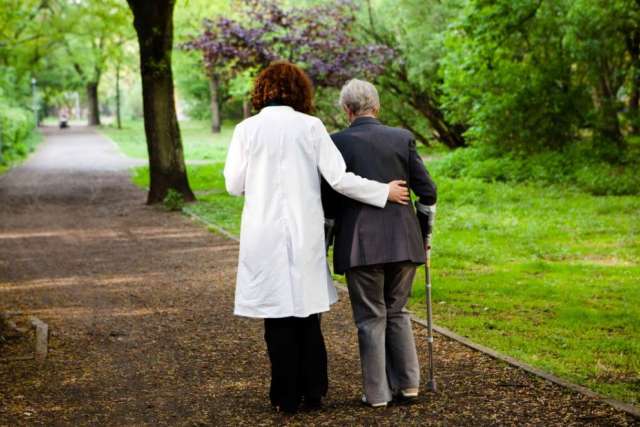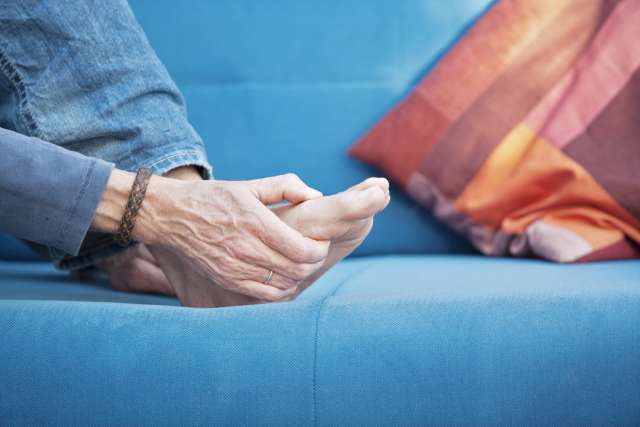Hello again, dear readers, and welcome back to our monthly letters column. You’ve kept our mailboxes overflowing, so we’ll dive right in.
-- We heard from a reader in Southern California in response to a column about full ankle replacement, which is a complex surgery with a long and rigorous recovery:
“By my late 70s, my often-injured right ankle had crippled me to the point of limited and painful walking, but thankfully the total ankle replacement you wrote about had become a viable procedure,” he wrote. “It took about eight months of therapy to fully recover, but I now have mobility and almost no pain.”
We agree with his reminder to fully vet any surgeon you plan to work with. And we will echo our recent column that it’s crucial for older adults to make sure they are strong and healthy enough to undergo -- and to recover from -- a surgical procedure.
-- We’ve written about the health benefits of omega-3 fatty acids. In response to our suggestion that food-based sources are preferable to supplements, a reader had a question: “How much sardines or other fish do we need to consume to get our omega-3s?” he asked. “I would also like to ask about tilapia and flounder. Do they contain the omega-3s we need to consume?”
For adults between the ages of 19 and 55-plus, the adequate intake of omega-3 fatty acids is between 1.1 grams per week for women, and 1.6 grams per week for men. This can be achieved by eating fatty fish -- such as salmon, mackerel, tuna, herring and sardines -- two to three times per week.
Mackerel is high in the nutrient, at 2.6 grams per 3.5 ounces. Sardines weigh in a 1.5 grams for the same serving. Tilapia and flounder, which are lean fish, have about .2 grams of omega-3s per serving.
The nutrient is also available in seeds and nuts, such as walnuts and flaxseed, and in plant oils such as flaxseed oil, soybean oil and canola oil.
-- We heard from a reader who is eight months into her recovery from COVID-19. This ongoing illness, which affects up to one-quarter of COVID patients, has come to be known as long-haul COVID.

“I would like to know if there’s a study that I could join regarding the long-haulers’ COVID symptoms,” she wrote. “Yesterday was my first day back at work with the use of oxygen, due to my oxygen levels and heart rate. Is there is anywhere I can volunteer?”
The National Institutes of Health has launched a study into the lingering form of this illness, in which symptoms persist for weeks and months. You can find more information at recovercovid.org. You can also find clinical trials that are still in the process of recruiting at clinicaltrials.gov; use the search phrase “long covid.”
Thank you again to everyone who is taking the time to write. In order to keep up with your questions and comments, we’ll be back with a bonus letters column next week.
The UCLA Department of Orthopaedic Surgery is committed to delivering high-quality, advanced surgical and medical care for adults and children, innovations in orthopaedic research, excellent training and education. Learn more and schedule an appointment.
(Send your questions to [email protected], or write: Ask the Doctors, c/o UCLA Health Sciences Media Relations, 10960 Wilshire Blvd., Suite 1955, Los Angeles, CA 90025. Owing to the volume of mail, personal replies cannot be provided.)





